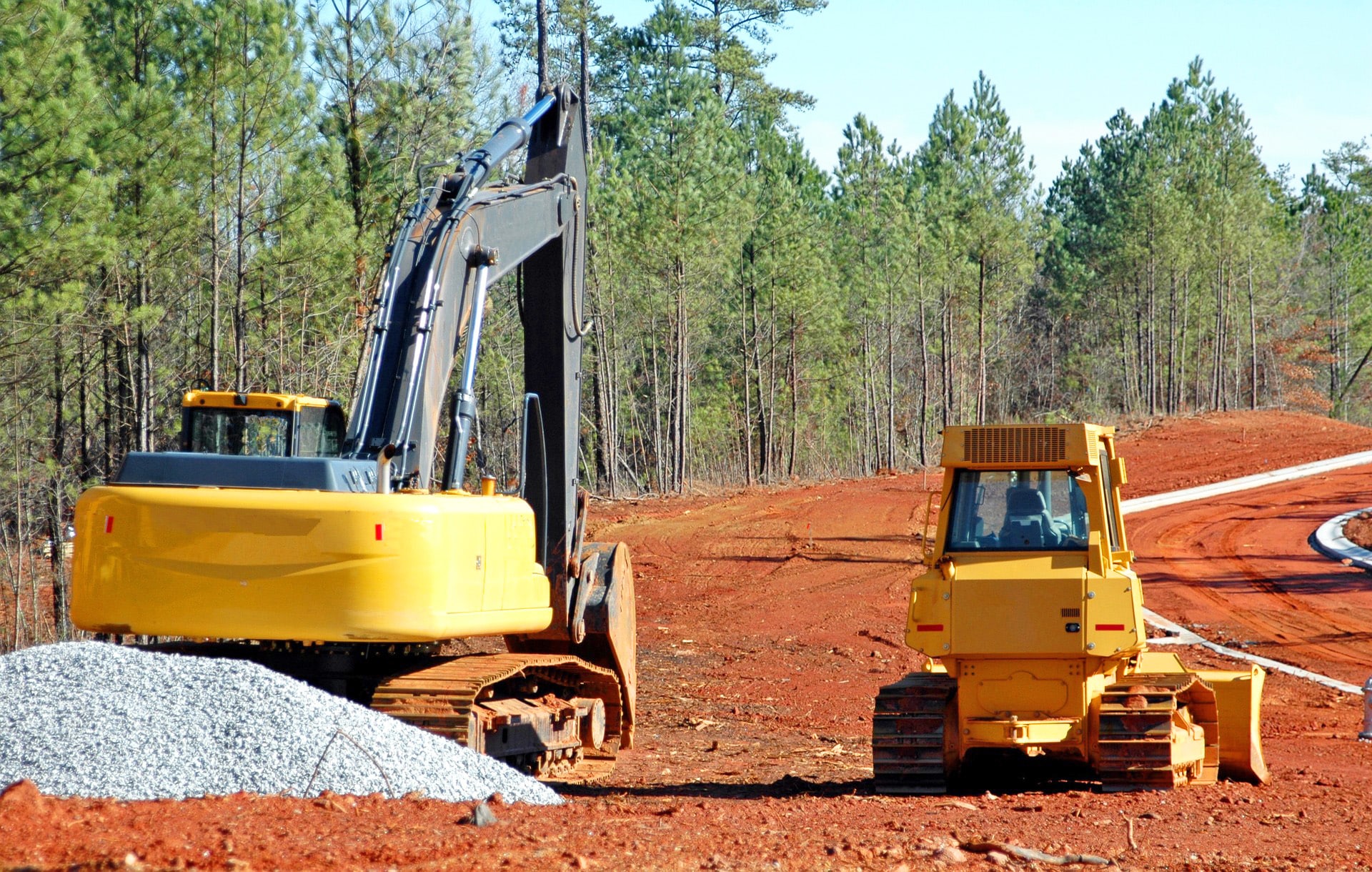It’s no secret that excavation can be both exciting and somewhat nerve-wracking for homeowners, especially during their first building project. Seeing the landscape completely torn up can leave even the most eager families feeling a bit uncomfortable: Will it ever look normal?
Rest assured that the goal of every quality home builder is to get you and your home through the excavation process as safely and effectively as possible, leaving behind a place that will support your structure without fail.
This isn’t to suggest that there aren’t some issues that excavators routinely run into, even if they have done their homework ahead of time. When you’re dealing with nature, you have to expect the unexpected. However, the more you know about the common excavation problems builders and their teams come across, the less you’ll be surprised.
What are the most notorious home excavation disturbances? Four of the biggest include slope, water, rock, and soil.
Thinking About Excavating From All Angles
Even the flattest-looking piece of land usually has a slope, even if it’s just a gentle grade. The slope of the land on which you build your home could have an effect on your excavation costs due to problems inherent to sloped earth.
It’s basic geometry: The greater the angle of the land, the more you must ensure that water won’t constantly run into the foundation (and eventually the house), and that gravitational forces aren’t going to cause the home to eventually lean after decades. Don’t be surprised if you hear suggestions about building swales; these are completely normal recommendations for sloped lots.
Remember, too, that excavators go into projects with a complete understanding of the slope. You’ll be told before any dirt is moved about extra excavation costs due to the nature of your sloped lot. If you find yourself in this category, take heart: Your home builder is trying to save you future woes. Excavation should never be hurried; it’s honestly and literally the foundation of a wonderful home!
When Water Can Be Troublesome
Water is essential to human life; we all know that. We just don’t want it to negatively impact a home excavating project, which it sometimes can.
The issues at hand during many excavations are the water table and moisture content in the area where you’re building your home. If there are any unexpected concerns, such as waterlogged grounds, the excavation will slow down. Additional processes like digging supportive trenches or deep wells to force the water elsewhere can then take place.
No one wants to build a house on an unsuitable plot, and a spot where water could seep into the foundation is a problem. The good news is that professional excavators have methods to deal with unpredicted water discoveries, and that will save you tons of money and difficulties down the road.
Rocks Are a Reality in the Mid-Atlantic States
The Middle Atlantic states including Pennsylvania and New York are undeniably beautiful spots; no wonder so many people make their first or second homes there! They offer scenic vistas and plenty of opportunities to indulge in the great outdoors. At the same time, those Mid-Atlantic states pose some interesting conundrums due to the rock bed formations under the ground. How much hassle the rocks become depends upon the type of rock, the size of the rock and what it takes to remove the rock from the earth.
As you can imagine, an unexpected run-in with substantial rocks will drive up excavation costs, especially if blasting is necessary. This is one of the reasons that many people prefer to build their new homes in communities where plenty of excavation has already taken place. If all the other houses on the block had uneventful excavations, the likelihood is stronger that a new home built next door will, too.
This shouldn’t deter you from wanting to build your home in a secluded spot. Just be aware that you could find some very interesting rocks under the topsoil. And speaking of soil…
The Dirty Truth About Soil
Some soil just doesn’t want to play nicely when it comes to excavations. One of the biggest soil headaches is that depending upon its make-up and moisture content, soil can cave back into the hole. It makes perfect sense if you give it a little thought. Some soil is hard; some is soft or grainy. Every type of soil requires a different method of handling the excavation, as you might expect.
We’ve all had this experience at the beach; as we dig, the sides of our sandy “well” start to return to the bottom. It’s not too frustrating at the seashore, but it’s definitely a concern if you’re planning to build a home.
Soil issues can be preempted with a little analysis beforehand, as well as knowledge of the soil in the area. Soil types include clay, hardpan, silt, sandy loam, granular soils, and regular sand. Again, if the house is being built in a community that has already been excavated in places, the excavation team will have a much stronger understanding of what to expect in terms of possible erosion concerns due to challenging soil types.
Another unpleasant, yet not unheard of, experience is soil that contains completely unforeseen items. This could be anything from an abandoned mine that was filled in with waste, or vegetation that’s been rotting underground in natural or manmade caves. These are special cases and require immediate attention from professionals. Yes, they can add to the bottom line of the home building project, but you absolutely want to know that your home is situated on a great, solid piece of land. Besides, it might be interesting to be able to tell people later about the history of your land!
Yes, You Can Get Through the Excavation Process
It can be tough to be patient when you’re working with a custom home builder; you want to see your dream house come to life! Just remind yourself throughout the excavation process that it will all be worth it in the end.
Give your custom home a terrific start, and you’ll be able to live in your ideal residence for years. Plus, you’ll never have any worries about being on solid ground.











